Within the Sony E-mount range, there are currently two flagships: the nearly two-year-old A7r II for the full-frame series and the new a6500 for the APS-C line-up.
Despite the difference in sensor size, there are actually a number of characteristics common to both models. These include a dust and moisture resistant chassis, 4K movie capabilities, hybrid autofocus, 5-axis sensor stabilisation, and focal plane phase-detection autofocus for A-mount lenses, just to name a few.
Given all these commonalities, it makes sense to wonder just where the differences lie, especially since the full-frame A7r II costs more than double the price of the a6500.
In this article, we’ve drawn up the ten main differences that exist between the A7r II and a6500. Some, such as the sensor size, are obvious, whereas others are far more subtle. Let’s get started!
Ethics statement: The information supplied in this article is based on official specifications, press releases and our personal experience with Sony cameras. If we get the chance to test the two cameras side-by-side, we will publish a full comparison. We were not asked to write anything about these cameras, nor were we provided any compensation of any kind. Within the article, there are affiliate links. If you decided to buy something after clicking the link, we will receive a small commission. To know more about our ethics, you can visit our full disclosure page. Thank you!
1. Sensor size and resolution
The difference that is responsible for the enormous price gap is the sensor size and resolution.
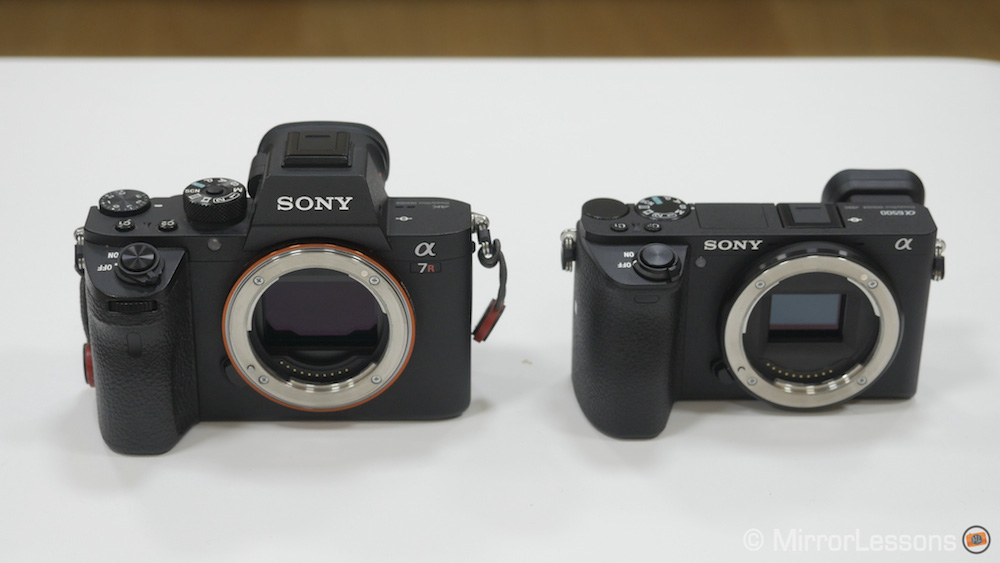
The A7r II houses one of the most powerful 35mm full-frame (35.9 x 24.0mm) sensors on the market, with 42.4MP of resolution and a back-illuminated structure that allows for a wide sensitivity range of 100 to 102,400 ISO and low-noise performance. It also lacks a low-pass filter, so sharpness isn’t compromised.
Inside the a6500 is a smaller APS-C sized sensor with 24.2MP of resolution and an ISO range of 100 to 51200. To achieve low noise performance and better light collecting efficiency, the sensor features a thin wiring layer and large photodiode substrate. It also comes with a newly developed front-end LSI which, coupled with the BIONZ X processor, enhances texture reproduction and image clarity while minimising noise. Though Sony doesn’t explicitly state one way or the other, it is likely the a6500 has a weak low-pass filter.
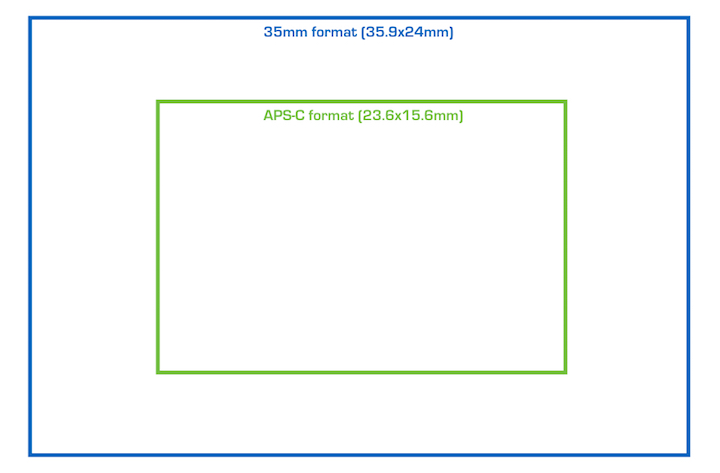
The obvious advantages of the A7r II are the extra shallow depth of field afforded by the full-frame sensor and the added resolution that allows you to either crop your images or make large prints with lots of fine details. However, the latest APS-C Sony sensors have also proved excellent in terms of dynamic range, not to mention that 24MP is more than enough in many situations.
The difference in low-light performance might be a little bit less easy to predict without a side-by-side comparison. We’ve been using the A7r II for more than a year now and we find it usable up to 6400 ISO (and even 12800 ISO provides decent results). Because of the lower megapixel count, the a6500 could have a small advantage especially if the new LSI chip enhances the low-light performance as Sony claims, making it even better than the a6300 whose high ISO performance up to 12800 is already impressive.
2. Body design
The first difference you’ll notice when observing the design of these two cameras is that the A7r II has an SLR-esque appearance due to the central positioning of the electronic viewfinder, while the a6500 has a flat-topped design with the viewfinder on the left-hand side.
The A7r II is also the bigger and heavier of the two, weighing 625g with the battery and memory card and measuring 126.9 x 95.7 x 60.3 mm. By contrast, the a6500 weighs 453g and measures 120.0mm x 66.9mm x 53.3mm.
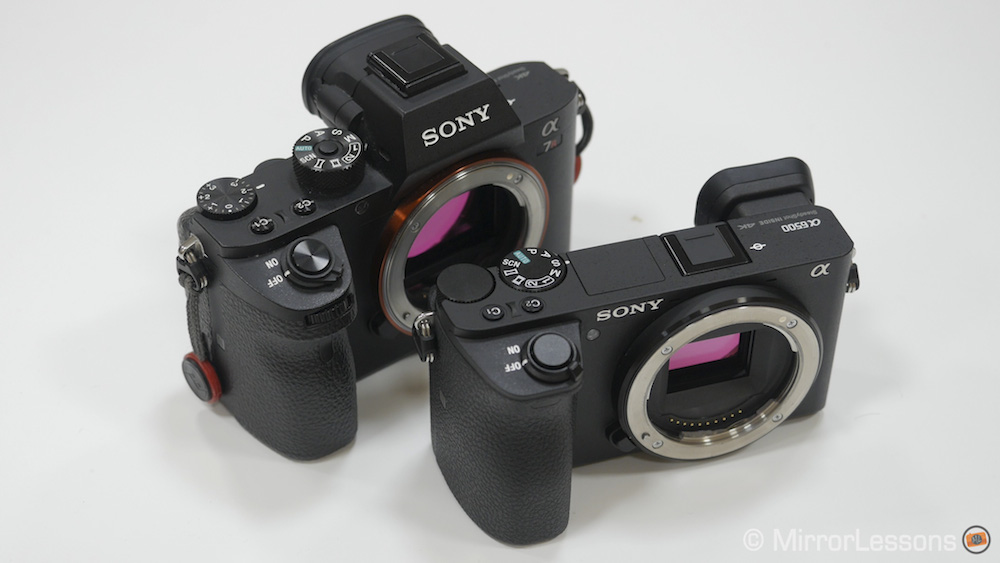
Both have a substantial grip but that of the A7r II is a little larger and more contoured to fit your hand. There are more dials on the A7r II body as well, including an exposure compensation dial and twin dials on the front and rear to change the exposure. Since there is no front dial on the a6500, you must use the rear control wheel to change the exposure along with the rear dial.

Both cameras come with lots of customisable function buttons, a mode dial, and a movie record button, a focus switch, a hot shoe, and a shutter release button on top of the grip surrounded by the on/off button. However, only the a6500 has a built-in flash.
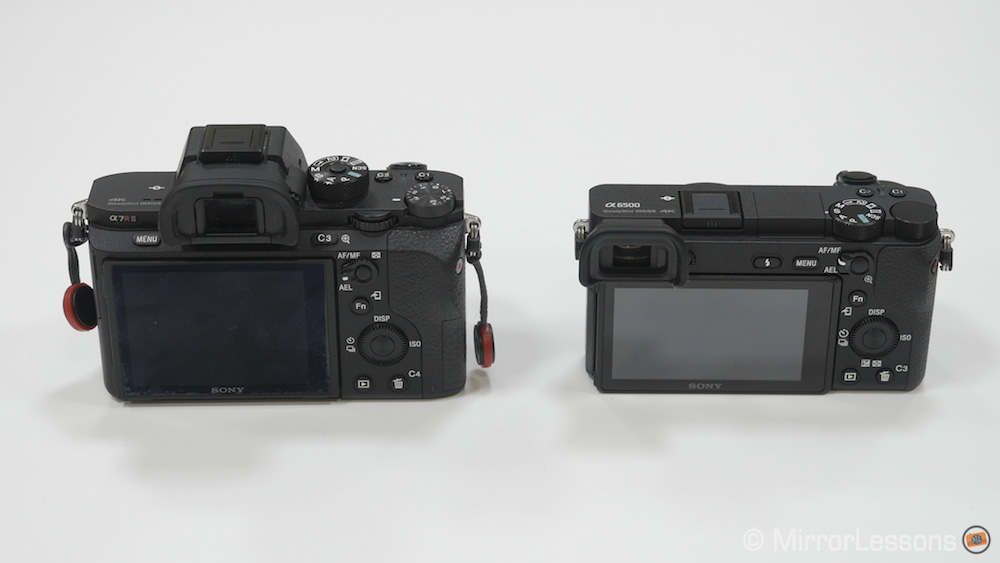
3. LCD monitor
Though both the A7r II and a6500 feature a rear LCD monitor that tilts up and down, they have slightly different characteristics.
First, the A7r II’s screen has a 3:2 aspect ratio, which is ideal for still shooting. By contrast, the 16:9 aspect ratio of the a6500 makes it more suitable for video recording.
The a6500’s screen tilts up 90 degrees and down 45 degrees and is touch sensitive – a first for a high-end Sony camera. With it, you can select the autofocus point even when looking through the electronic viewfinder, and it works for movie recording too. It has a resolution of 921,600 dots.
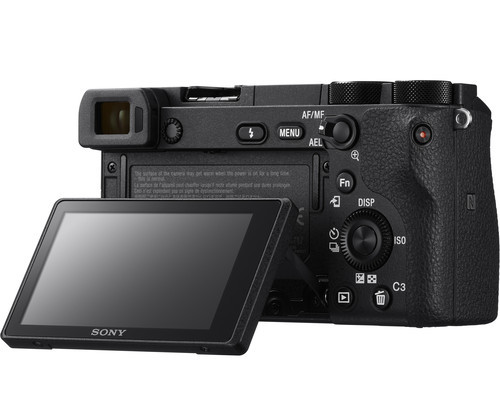
The A7r II’s screen has a little more resolution at 1,228,800 dots. It tilts up 107 degrees and down 41 degrees but unfortunately isn’t touch sensitive.

4. Electronic viewfinder
If you love composing through a viewfinder, the following differences could certainly influence your decision.
The A7r II has a much bigger 1.3cm type XGA OLED viewfinder that is located at the centre of the body within a fake pentaprism. It has a magnification of 0.78x, which is currently one of the highest on the market.
The a6500 also incorporates an XGA OLED viewfinder but, being a 1cm type with 0.70x magnification, it is smaller and more tiring to the eye when used for a long period of time. It is located on the left-hand side of the body in the traditional rangefinder style.
Both have a resolution of 2,359K dots and 100% field coverage but the a6500 has a faster maximum refresh rate of 120fps compared to 60fps on the A7r II.
5. Autofocus points
Both the A7r II and a6500 enjoy a very similar advanced hybrid autofocus system that combines contrast and focal-plane phase detection points.
The main difference lies in the number of autofocus points: the a6500 has 425 phase and 169 contrast detection points covering 84% of the image area while the a7r II has 399 phase and 25 contrast detection points with 45% coverage.
Furthermore, the density of these points on the a6500 allows for High-density Tracking AF Technology which helps the camera track a moving subject by activating a number of AF points around it.
Between the two, the a6500 is the better action camera but both are very reliable when used with native E-mount telephoto lenses.
An interesting point about the hybrid autofocus system of these two cameras is that it offers phase-detection AF even with A-mount and EF-mount lenses as long as you have a mount adapter such as the LA-EA3 or the Sigma MC-11.
6. Drive speed
The a6500 is first and foremost a sports camera, so it makes sense that its drive speed is much faster than that of the A7r II. You can choose between 11fps (Hi+) without live view or 8fps (H) / 6fps (M) / 3fps (L) with live view.
By contrast, the A7r II can only go up to 5fps (H) or 2.5fps (L).
7. Buffer capabilities
Unsurprisingly, the a6500 also has a much better buffer than the A7r II thanks to the front-end LSI chip.
According to the official specifications, it can shoot up to 233 frames (JPG Extra Fine), 269 frames (JPG Large), 301 frames (JPG Standard) and 107 frames (RAW) and 100 frames (RAW & JPG).
With the A7r II, you can only manage up to 24 frames (JPG Extra Fine), 30 frames (JPG Large), 30 frames (JPG Standard), 23 frames (RAW) and 22 frames (RAW & JPG). To be fair to the A7r II, however, the files are much larger than those of the a6500 due to the higher megapixel count.
Even more important than the buffer depth is the fact that with the a6500, you can shoot an endless number of small uninterrupted bursts one after the other without the camera slowing down.
Do be aware that in the case of both cameras, the longer the burst, the more time it takes the camera to write the files to the memory card. During this write time, you cannot access any settings or enter the menu.
8. Extra video functionalities
Both the a6500 and A7r II are capable of 4K movie recording with full pixel readout and no pixel binning in the Super 35mm format (APS-C crop for the A7r II), and use the XAVC S format which allows for a maximum bit rate of 100Mbps. Additionally, both allow a clean 4:2:2 8-bit output to an external recorder or monitor via HDMI. As such, to find the differences between the two, we have to dig a little deeper below the surface.
The first thing to highlight is that the A7r II can record 4K in full frame format in addition to Super35. It doesn’t perform full pixel readout with the former and the quality is noticeably worse at high ISOs but it means you can take advantage of the larger frame when using wide-angle lenses for example. In a way, this makes the A7r II more versatile.
One advantage the a6500 has over the A7r II is its Slow and Quick Motion mode that lets you record up to 5x slow motion and up to 60x quick motion at up to 50Mbps in high-quality Full HD in-camera. It can also shoot slow motion up to 120fps in Full HD. The A7r II can only go as high as 60fps in Full HD or 120fps in 720p.
Similar to Lumix cameras that have Panasonic’s 4K Photo mode, the a6500 allows you to extract 8MP frames from 4K footage and 2MP frames from Full HD footage in-camera. It also has nine dedicated picture profiles for video including Slog-2 and Slog-3 gamma. The A7r II, on the other hand, only has seven picture profiles and Slog-2.
While both cameras have a 3.5mm microphone terminal, only the larger A7r II has the room for a 3.5mm headphone terminal.
Happily, their hybrid autofocus system and 5-axis stabilisation can both be used for movie recording.
Concerning overheating when recording in 4K, we only experienced it once with the A7r II. On the a6500, there is a new setting called Auto Pwr OFF Temp. that when set to High, allows the camera to record for a longer period of time even if it gets warm. Sony states that it should be able to record two 29 minutes clips one after the other before overheating becomes an issue.
9. Menu interface
The menu interface Sony has used on all its cameras up until now (including the A7r II) can be very confusing to navigate due to the sheer abundance of settings and poor organisation.
With the a6500, Sony has introduced a new interface that seems a little more organised but is still far from perfect. While there are still six main sections, each page within the various sections now has a title. For instance, the movie settings are found in Camera Menu 2 and have the titles Movie1 and Movie2. Additionally, some options have been grouped together in a more logical manner.
Since this is a software update, it is likely that this new menu interface will come to the A7r II and other cameras in the E-mount series.
10. Bluetooth connectivity and enhanced remote camera control
The a6500 is now the most “connected” Sony camera. In addition to Wifi, NFC and a QR code that can pair the camera with your smartphone without NFC, you also have Bluetooth that offers location data acquisition when paired with a mobile device.
As for Remote Camera Control (USB connection), you can now save the images on the SD card as well as on the computer. You can also decide to transfer only JPGs rather than RAW+JPEG to the computer.
Conclusion
I’ve saved the most important difference for the conclusion, which is the enormous price difference between the two cameras.
With a retail price of nearly $3200, the A7r II is more than two times as expensive as the a6500, which debuted at just under $1400. In other words, you could buy two a6500s for the price of one A7rII and still have some money to spare for dinner and drinks!
As we mentioned above, the price difference is mostly due to the A7r II’s powerful sensor: not only the size but also the high resolution and exceptional ISO range.
As such, there is only one question you should be asking yourself if you are undecided between these two models: do I want/need a full-frame sensor for my work?
Those who shoot still life, portraits, landscapes or any other genre that requires the best image quality possible may well be attracted by the shallow depth of field and resolution afforded by the A7r II, whereas street, documentary and action photographers will appreciate the small size and speed of the a6500.
For video work, both cameras are capable of excellent results. The a6500 is a little more advanced in terms of features and settings and if Sony has resolved the overheating issue of the a6300, it will become one of the most attractive solutions for filmmakers.
How about you – which Sony camera would you choose and why? Share your thoughts below!
Check price of the Sony A7r II on
Amazon | Amazon UK | B&H Photo | eBay
Check price of the Sony a6500 on
Amazon | Amazon UK | B&H Photo | eBay

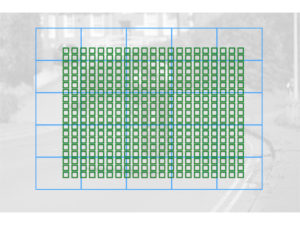
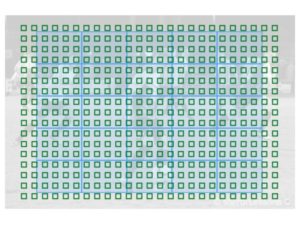
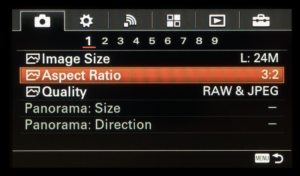
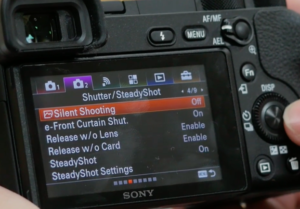
Really, the only thing that gives me pause on getting the A6500 over the A7RII, is the damn headphone jack. Not being able to monitor audio is a dealbreaker for anyone above the most novice of filmmakers. It makes it really hard to spend twice the money just to get a headphone jack.